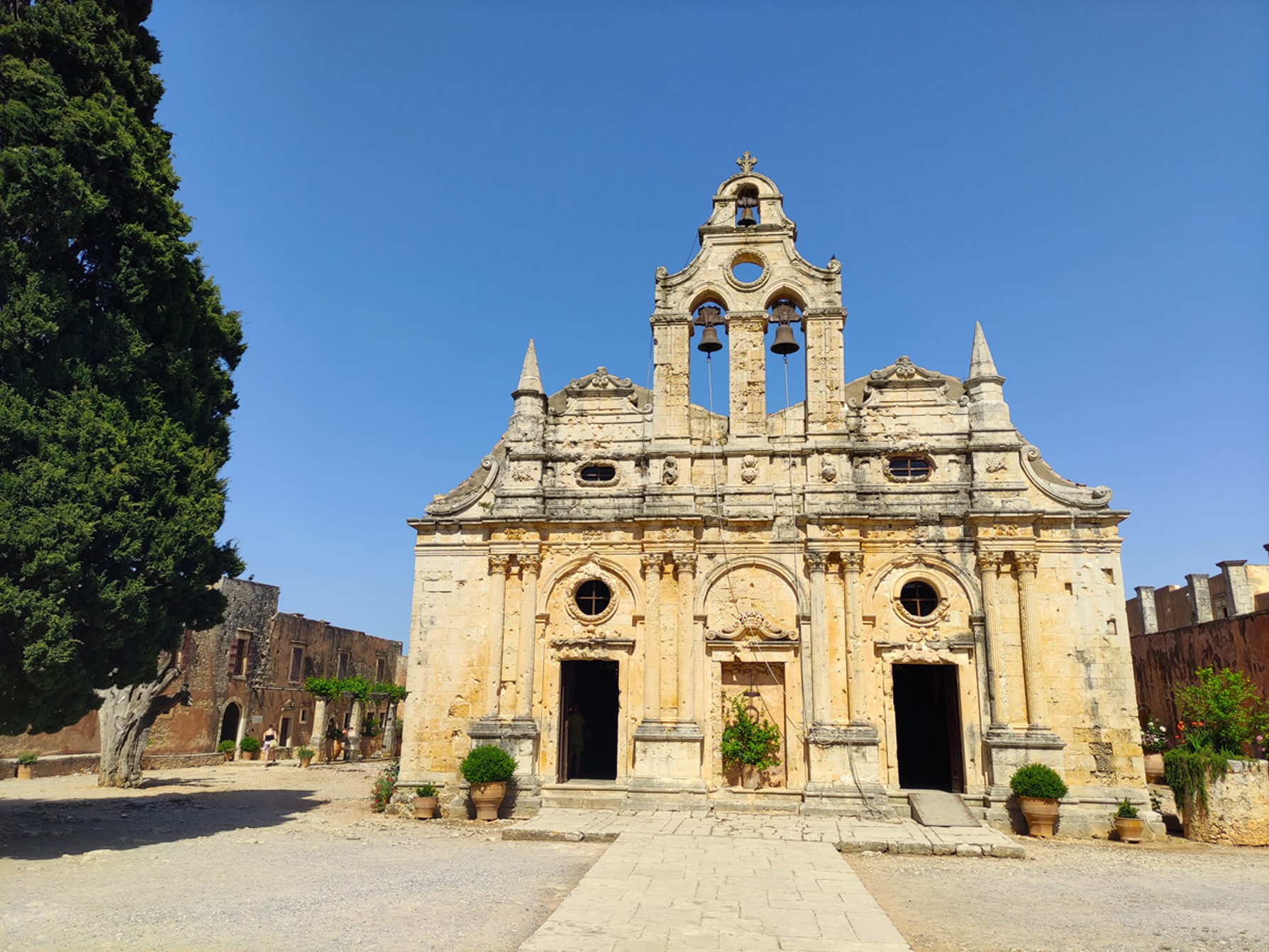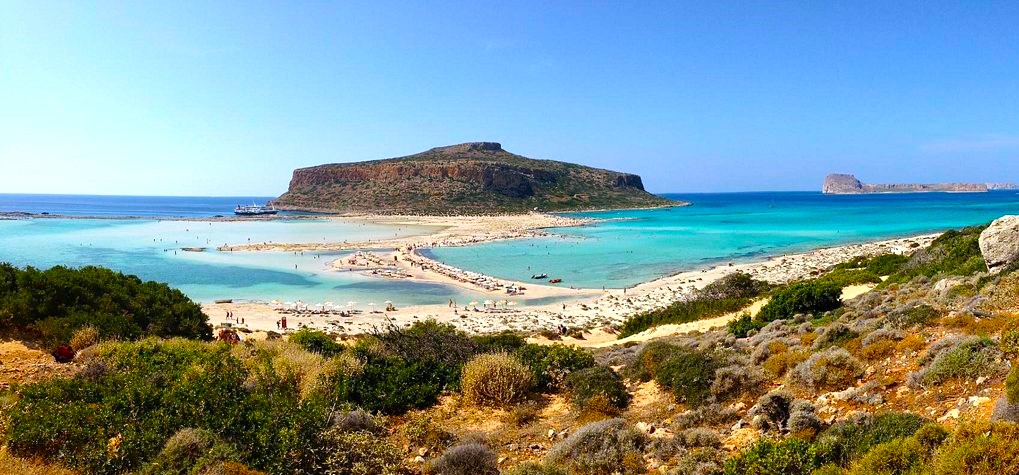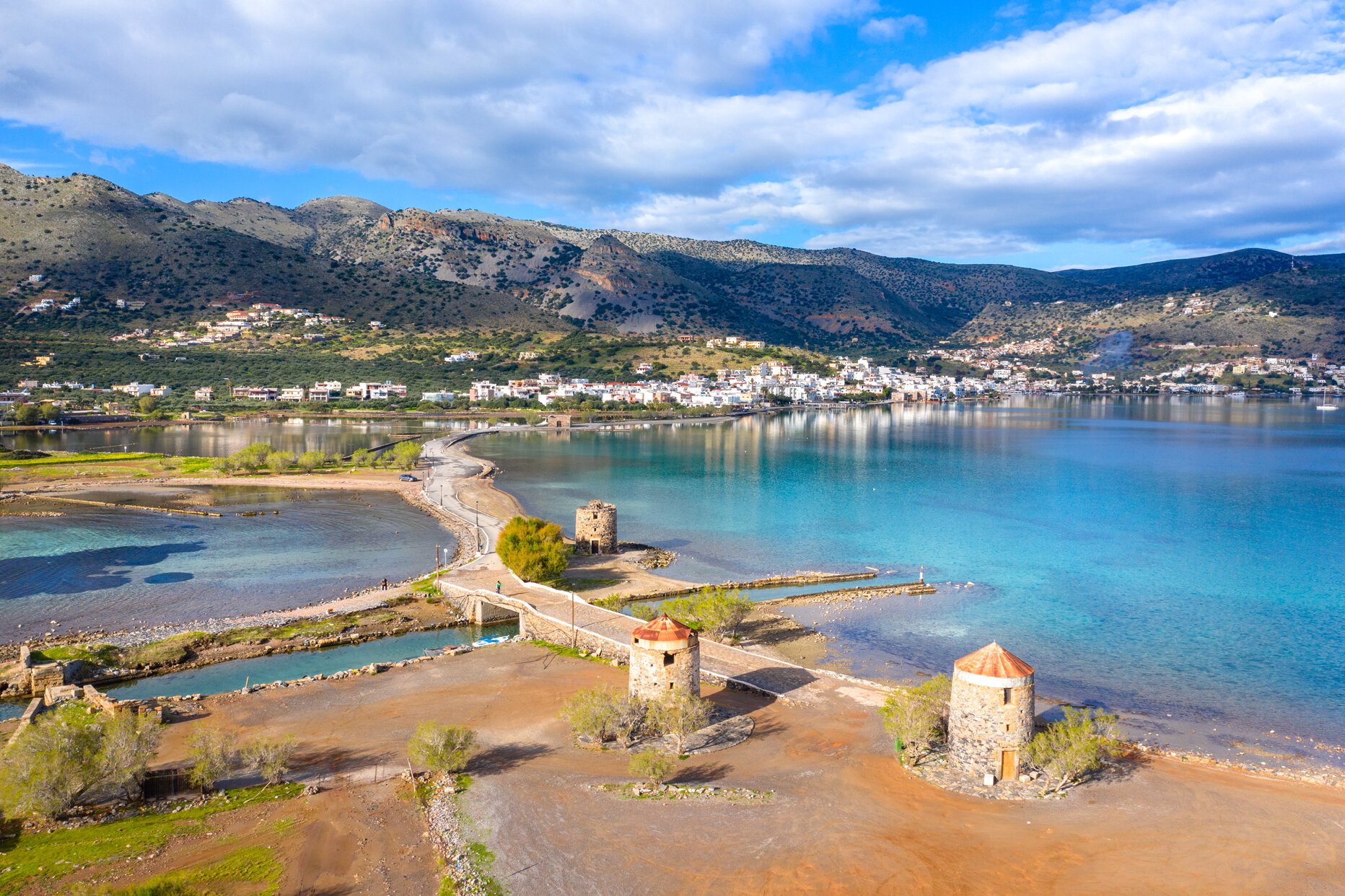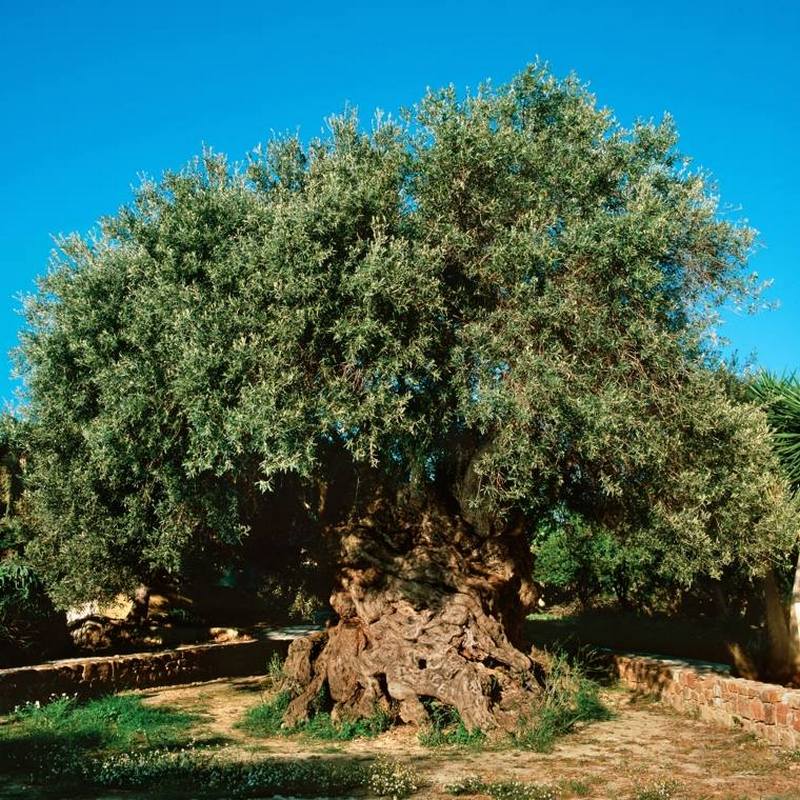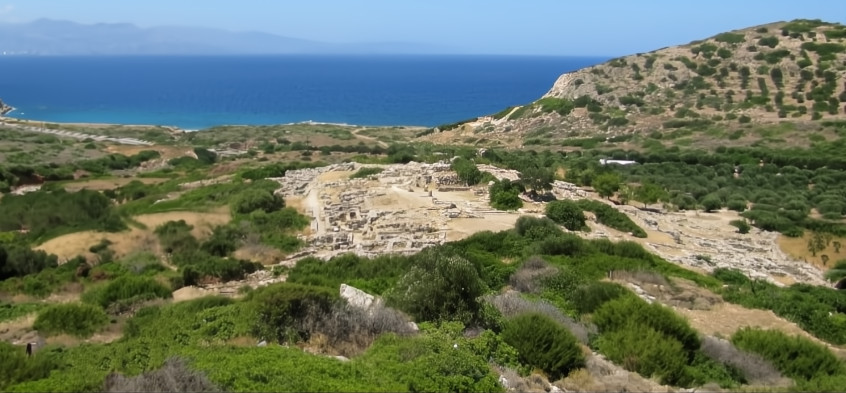Adventure Archaeological site Crete attractions Hiking Historical places Rethymno
Melidoni Cave
Nestled approximately 1,800 meters northwest of the village Melidoni in Mylopotamos, Crete, lies the captivating Melidoni Cave. Perched at an altitude of 220 meters on the southern slopes of Mount Kouloukonas, this cavern, also known as Gerontospilios, holds significant archaeological treasures, some of which are proudly displayed at the Archaeological Museum of Rethymnon. However, beyond its archaeological importance, Melidoni Cave has been a stage for tragedy in Cretan history, notably during the 1824 revolution against the Ottoman rule.
Evidence suggests that the cave was inhabited continuously from the Late Neolithic Era to the Late Roman period. Initially serving as a residential area, as evidenced by Neolithic tools unearthed in 1928, the cave transformed into a sacred site during the Middle Minoan period (2100-1600 BC). This transformation is underscored by the discovery of a copper axe during unauthorized excavations in 1940.
During the Minoan era, Melidoni Cave purportedly welcomed worshippers of Talos, the mythical bronze giant of Crete, revered for safeguarding the island against adversaries. Legend has it that Talos patrolled Crete twice daily, ensuring its security. However, the tale takes a tragic turn when Medea, in a bid to vanquish Talos, sabotaged his only vulnerability, causing his demise by draining his vital ichor.
Melidoni Cave offers a captivating blend of geological marvels and historical significance, with evidence of human habitation spanning millennia. Its role in Cretan history, including its ties to the Minoan era and the 1824 revolution against Ottoman rule, adds depth to its appeal for visitors seeking both natural wonders and cultural exploration.


